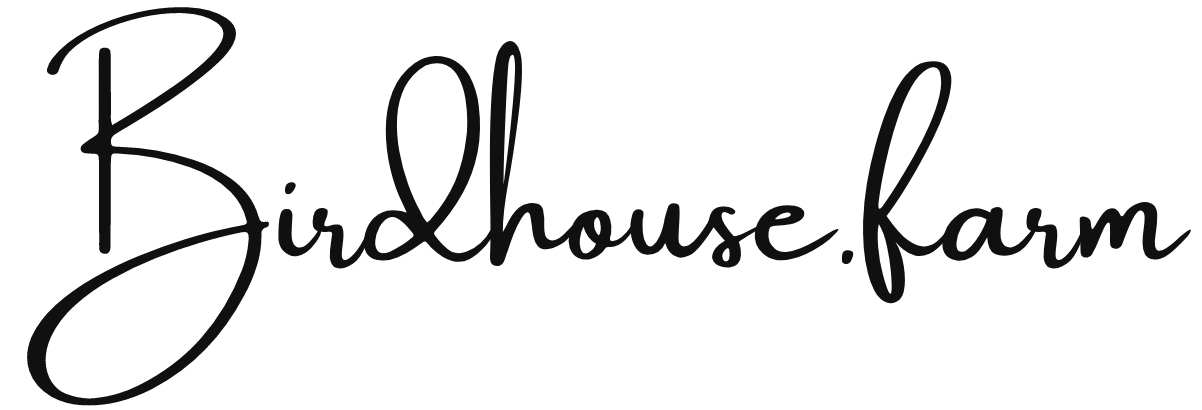Traditional Lawns Are Contributing to the Japanese Beetle Problem
Lawns, with their pristine, manicured appearance, are a hallmark of suburban landscapes across America. Yet, beneath this facade of perfection, a pest is quietly flourishing – the Japanese beetle. These vibrant, metallic-green insects are becoming a significant problem, and our traditional lawns are partly to blame.
Understanding the Japanese Beetle
The Japanese beetle (Popillia japonica) is an invasive species introduced to the United States from Japan in the early 20th century. These beetles are voracious eaters, targeting over 300 plant species, including roses, grapes, and various fruit trees. However, their life cycle is closely tied to the lush, green lawns that many homeowners strive to maintain.
The Lawn-Beetle Connection
Japanese beetles lay their eggs in the soil of grassy areas, where their larvae, known as grubs, feed on the roots of grass. This feeding causes significant damage, leading to brown patches and weakened lawns. The prevalence of expansive, monoculture lawns provides an ideal habitat for these grubs to thrive, leading to larger adult beetle populations.
Why Traditional Lawns are a Problem
Uniformity and Monoculture: Traditional lawns often consist of a single grass species. This lack of diversity creates a stable environment for Japanese beetle grubs, as they have an uninterrupted food source and fewer natural predators.
Frequent Watering: Lawns require regular watering to maintain their lush appearance. This moist environment is perfect for beetle eggs and grubs, which need moisture to survive.
Pesticide Use: Ironically, the use of broad-spectrum pesticides to control pests in lawns can backfire. These chemicals often kill beneficial insects that would naturally prey on Japanese beetles, reducing the natural checks and balances in the ecosystem.
Lawn Maintenance Practices: Regular mowing and fertilizing can promote the growth of thick, green grass that attracts beetles looking for an ideal place to lay their eggs.
Sustainable Alternatives to Traditional Lawns
To combat the Japanese beetle problem and promote a healthier ecosystem, consider these sustainable lawn alternatives:
Diverse Plantings: Replace sections of your lawn with a mix of native plants, wildflowers, and shrubs. This not only reduces the habitat for beetle grubs but also supports pollinators and other beneficial insects.
Reduce Lawn Area: Limit the size of your lawn by incorporating garden beds, vegetable plots, or ornamental grasses. Less grass means fewer opportunities for beetles to lay eggs.
Natural Lawn Care: Adopt natural lawn care practices, such as composting, mulching, and using organic fertilizers. Encourage the presence of beneficial insects by avoiding harmful pesticides.
Drought-Resistant Grass: Plant drought-resistant grass varieties that require less watering. This makes the environment less favorable for beetle eggs and grubs.
By rethinking our approach to lawn care and embracing more sustainable practices, we can help reduce the Japanese beetle population and create healthier, more resilient landscapes. Let’s transform our lawns from beetle breeding grounds into vibrant ecosystems teeming with life.
Join the Restoring Nature Alliance! Our mission is to promote sustainable landscaping practices and protect our natural environment. Together, we can make a difference – one lawn at a time.


